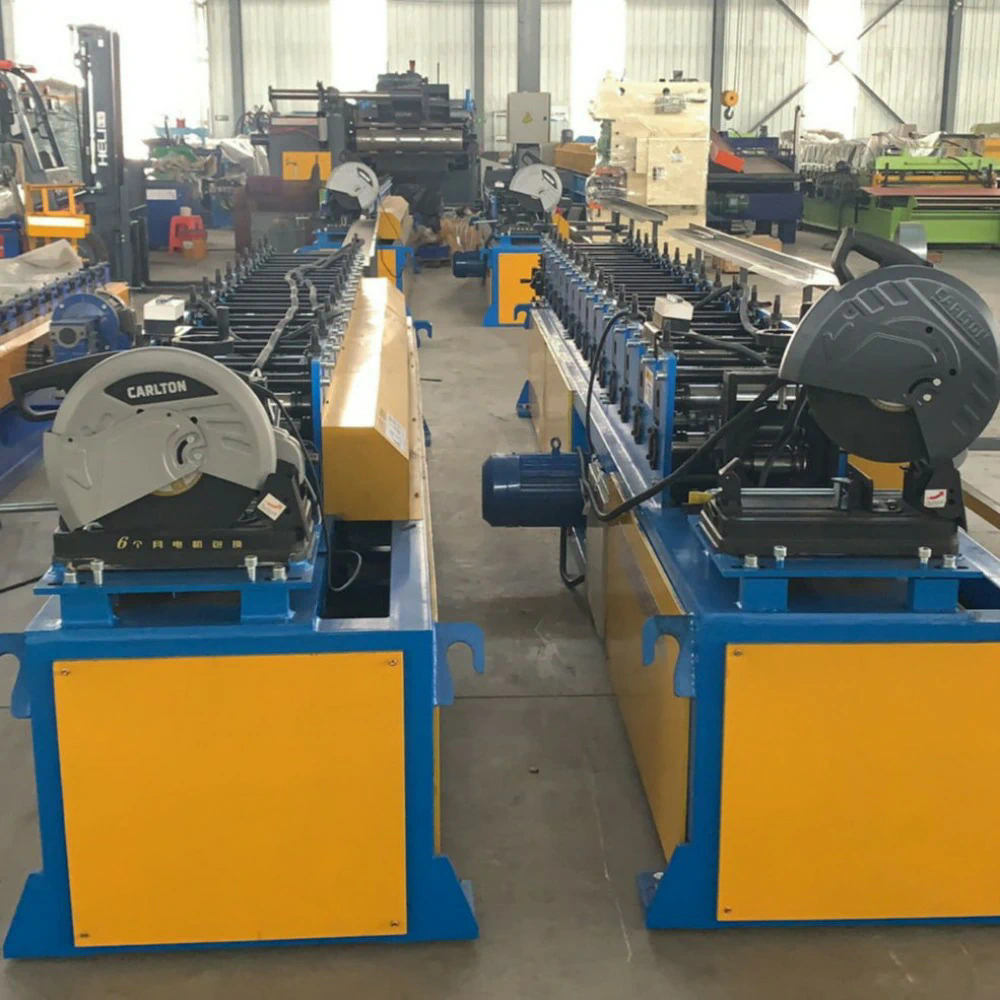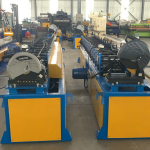Tube Benders – A Must-Have Tool for Precision Work
Tubes are an integral part of many industries, including automotive, aerospace, and construction. To achieve precision in bending tubes, one must rely on the right tools. Among the various options available, tube benders stand out as a must-have tool for any professional or hobbyist involved in working with tubes. In this article, we will explore the importance of tube benders and how they can enhance precision work.
What is a Tube Bender?
A tube bender is a specialized tool designed to bend tubes without damaging or deforming them. It consists of a frame, handles, and various components that facilitate the bending process. Tube benders come in different sizes and configurations to accommodate various tube diameters and bending angles.
The Importance of Tube Benders

Tube benders offer several advantages that make them indispensable for precision work. Let’s delve into some of the key reasons why tube benders are a must-have tool:
Precision and Accuracy
Tube benders provide precise control over the bending process, allowing for accurate bends according to specific requirements. This is crucial, especially in industries where even the slightest deviation from specifications can lead to significant issues. The ability to achieve precise bends ensures that the tubes fit perfectly into the intended assembly, enhancing overall product quality and reliability.
Consistency
When working on projects that require multiple tubes with identical bends, consistency is of utmost importance. Tube benders enable users to replicate bends with high accuracy, ensuring uniformity across the entire batch of tubes. This level of consistency simplifies assembly processes and guarantees a seamless integration of tube components.
Efficiency
Tube benders streamline the bending process, making it faster and more efficient. With the right tool, operators can bend tubes effortlessly, reducing manual effort and saving time. This improved efficiency translates into increased productivity and shorter project turnaround times.
Versatility
Tube benders are available in various configurations, allowing for versatility in bending capabilities. From simple manual tube benders to more advanced hydraulic or CNC-controlled models, there is a tube bender to suit every need. This versatility enables users to tackle a wide range of projects, regardless of complexity or tube material.
Types of Tube Benders
There are different types of tube benders available, each catering to specific applications. Let’s explore some of the common types:
Manual Tube Benders
Manual tube benders are operated by hand and are suitable for low-volume projects or those with relatively simple bend requirements. They are compact, portable, and easy to use, making them a popular choice for hobbyists and small-scale operations.
Hydraulic Tube Benders
Hydraulic tube benders utilize hydraulic power to bend tubes with high precision. They offer greater control and are suitable for bending thicker-walled tubes or working on projects that require higher bending forces. Hydraulic tube benders are typically used in industrial settings where efficiency and accuracy are paramount.
CNC-Controlled Tube Benders
CNC-controlled tube benders are the most advanced type of tube bending machines. They are computer-controlled, enabling precise and complex bends with minimal operator input. CNC tube benders are commonly found in industries that demand high-volume production and intricate tube geometries.
Tips for Using Tube Benders
Here are a few tips to ensure optimal performance when using tube benders:
1. Choose the Right Tool
Select a tube bender that matches the diameter and material of the tubes you will be working with. Using the wrong tool can lead to damage or improper bends.
2. Practice Proper Technique
Take the time to learn the correct bending technique https://cnmtrollformingmachinery.com/vi/sea_containers_equipment/ roofing sheet production machine for your specific tube bender. Improper technique can result in uneven or distorted bends.
3. Consider Tube Preparation
Before bending, ensure that the tubes are properly deburred and free from any dirt or debris. This will prevent damage to the tube surface during bending.
4. Use Mandrels if Necessary
In some cases, using mandrels inside the tube during bending can help maintain roundness and prevent collapsing. Consult the manufacturer’s guidelines to determine if mandrels are recommended for your specific application.
Tube benders are a must-have tool for precision work involving tubes. They offer precision, consistency, efficiency, and versatility, making them indispensable for various industries. By choosing the right type of tube bender and following proper techniques, operators can achieve accurate and reliable bends, ensuring optimal performance and quality in their projects.
https://ortumeta.com/
